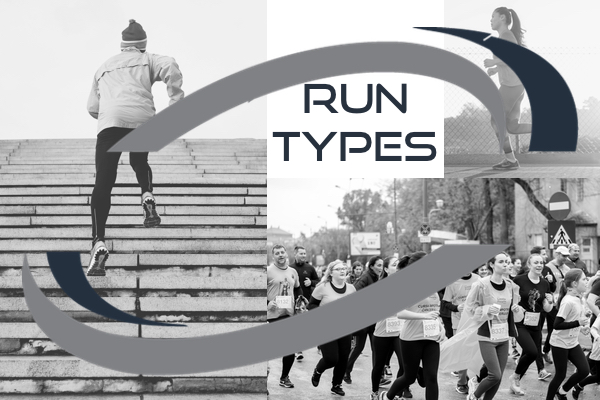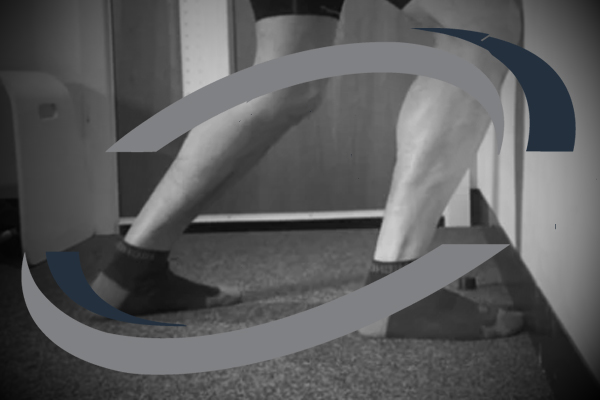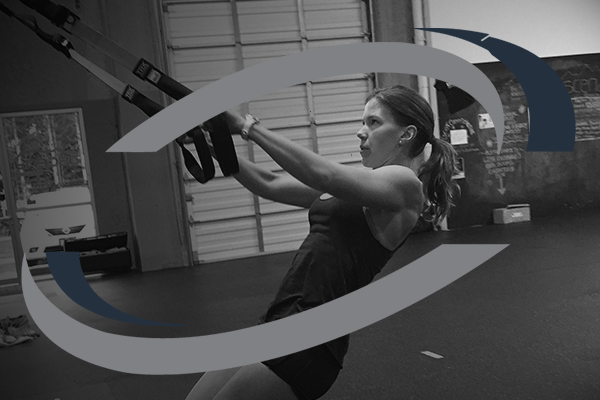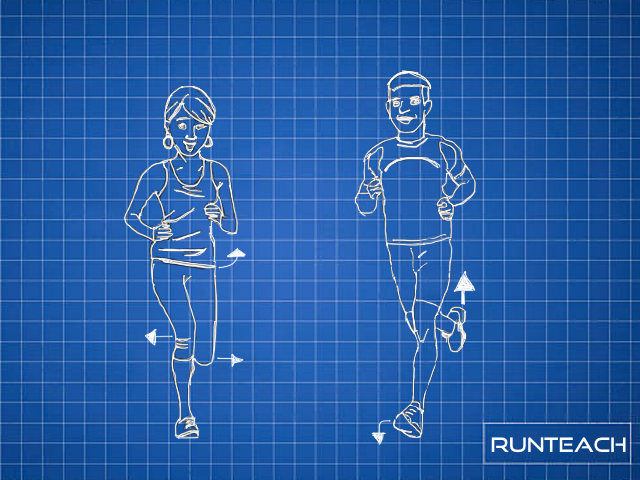As you look to a new year of running, you may be like a lot of the runners I talk to. They want to get a bit better. They want to improve on last year. And for a lot of us, getting a bit better is all we need – we don’t have a burning desire to be at the front or spend every waking moment dedicated to that new PB.
If that sounds like you, then this post will help. If you’ve looked at training plans or read articles about getting faster or improving, you probably realise that you need to mix up your training. To improve, you need to build on what you already do, and shake it up a bit.
And here’s where it can get confusing: there’s a baffling selection of run types where not even the professionals always agree on their definition. You know the ones: tempo, threshold, intervals, repeats…
So to help you decipher these a bit better, I’ve laid them out below. In my definitions, I use an effort scale based on perceived effort. I find this useful as it takes into account how we are feeling on any given day and can prevent us from feeling like we are shackled to a particular pace or heart rate irrespective of whether we are feeling amazing or tired and sluggish. The scale looks like this:
|
Overview |
The easy run is good for improving aerobic efficiency and for practicing consistent pacing. It also allows you to focus on running form without worrying about pace targets or effort. |
| How to run it | Effort level of of 5 or 6. This should be an effort where you can easily hold a conversation. |
|
Overview |
The Upper Easy run is my own invention. I wanted to define a type of run that was still an easy effort but started to push a little harder. I find this type of run fantastic for teaching my body to push pace but keeping control of effort. It should feel much easier than a tempo or threshold run. |
| How to run it | Effort level of of 6 or 7. This should be an effort where you the conversation is starting to get a little breathy. |
|
Overview |
The purpose is to help recovery after a race or hard speed 1 hill session. It allows you to keep mobile and encourages good blood flow to deliver oxygen and nutrients to your working muscles. |
| How to run it | This is a very relaxed effort of between 3 and 5. The duration should be no more than 40 minutes. |
|
Overview |
Often seen as the most important run in a schedule. However I think that depends on what your goals are. I’m a huge fan of quality over quantity and I don’t believe we should be running big distances just for the sake of it. That said, the long run is important but does have a strong crossover with the Easy Run if you are not doing large distances. The benefits include aerobic efficiency and fat burning and as well as building up mental and physical endurance. |
| How to run it |
Depending on what you goals are, the long run can be anywhere from 6 miles to upwards-of 30 miles. If your preferred distance is up to 10k and you don’t enjoy very long distances, then your long run may be 7 or 8 miles. However, if you are training for a marathon, the long run may progress from 7 miles up to 22 miles. The accepted rule for increasing the distance is no more than 10% increase each week. Usually, there is a reduction every 4th week to allow for recovery and adaptation, before progressing back up again. The effort level can be between 5 and 7 depending on your goal. I also find these runs good for putting faster sections in the middle, or do a mile or two as a fast finish. |
|
Overview |
For me, this is where the definitions get murky. I tend to take a view of these run types based on their purpose rather than attaching certain pace definitions. The threshold run is designed to help us recycle lactate as a fuel and improve the efficiency of the upper aerobic range. Over time, this can help us to push up the upper limit of where we start switching to being more anaerobic. The benefit of this is improved speed endurance. The Tempo and Steady runs: I tend to class these as the same type of run and they are also designed to help with speed endurance, but in a slightly different way in that they are not as intense as a threshold run. The effort level is roughly what you can comfortably run 10 miles at, but still hitting that upper range. For me, this is a notch up from Upper Easy, but a notch down from Threshold. It’s a great type of run to sandwich intervals between. For example: 8 minutes tempo pace; 5×2 mins at 5km race pace with 1 min recoveries; 8 minutes tempo pace. You can also add tempo sections into your long runs. |
| How to run it |
The threshold run: Effort level 8. This should feel challenging enough where you can’t really hold a conversation. The Tempo and Steady runs: Effort level 7 to 8. |
|
Overview |
Swedish term meaning speed play. Designed to develop aerobic and anaerobic (lactate) efficiency, leg speed, recovery and strength. |
| How to run it |
One of the easiest ways is to use landmarks such as lampposts, bins, trees etc. Pick one as your starting point and run. As you are running, pick another point as your end. Vary the effort level in the “on” sections anywhere from 7 to 10, and also vary the distances. In the “off” sections, vary the recovery pace from walking to effort level 5. Have fun with this type of run and use it as an effective alternative to more formal intervals/repeats. |
|
Overview |
Often bundled together and just called intervals, these two types of speed work are more formally structured than Fartleks. The difference between the workout terms is to do with their purpose. The actual definition is the “repeats” are the effort section and the “interval” is the recovery section. In practice, this means… Interval session: Recoveries are equal to or less than the effort in terms of time/distance. Repeats: Higher intensity with the recovies being whatever they need to be so you can run the next repeat at the same intensity. |
| How to run it |
Interval session: An example may be 6 x 3 mins at faster than 5k pace with 2 min recoveries between each effort. The efforts are at 8 to 9 effort level. Repeats: An example may be 10 x 20 second efforts at an all out pace (effort level of 9 or 10). Recoveries are whatever is needed to so you can run the next repeat just as hard. |
|
Overview |
Type of speed work that is very good for building both mental and physical strength. Also, an excellent way to build speed endurance. |
| How to run it |
There are several styles of hill work from short, sharp effort repeats to less intense but longer repeats. It’s a good idea to mix these up, so one session could be 30 seconds, 45 seconds, 60 seconds with jog down recovery. Use a steeper hill and high intensity effort. Another session may be 10 or 20 minutes of continuous hills where you run up a more gentle but longer hill (1km / half a mile or more) at a lower intensity. You can be creative with hill sessions and come up with a large variety. Downhill running is also fantastic and I always add some into my plan every few weeks. Downhill running is great for building confidence and being aware of your footing, especially if you run trails or forest. |









